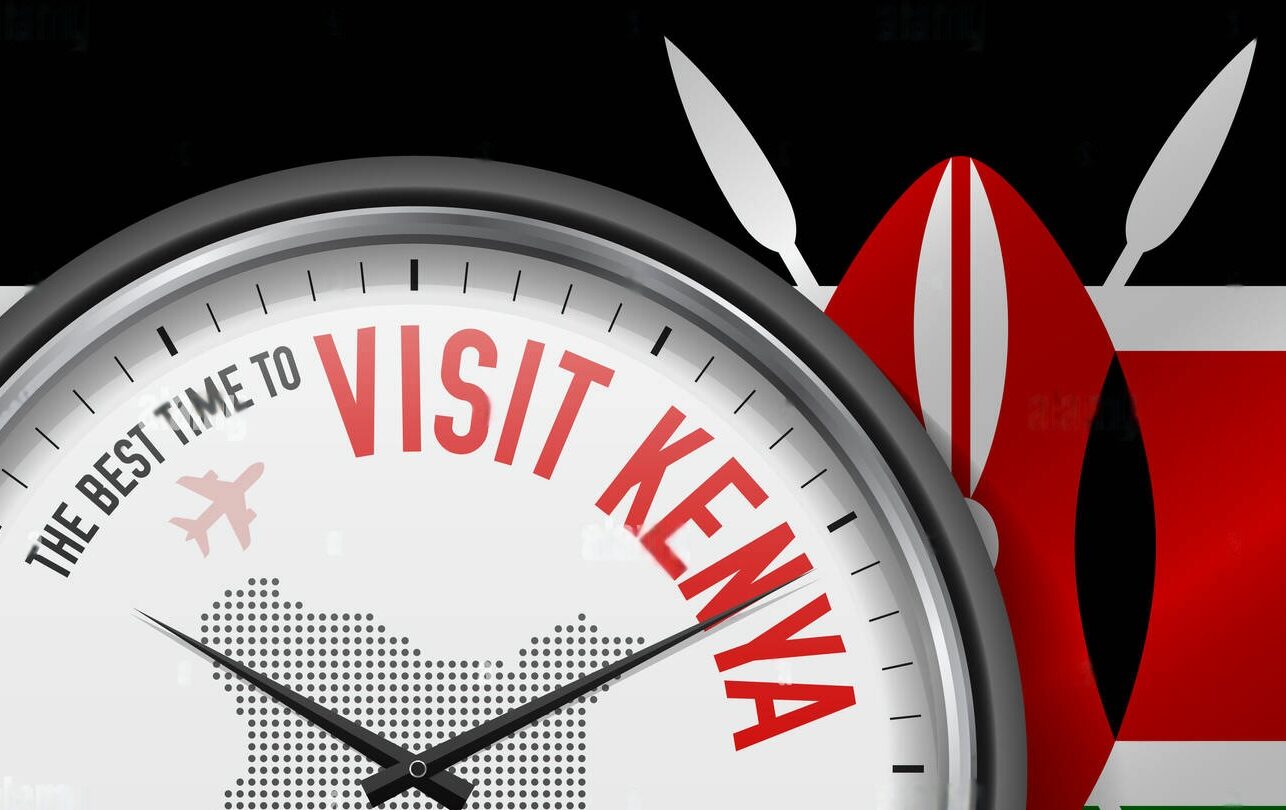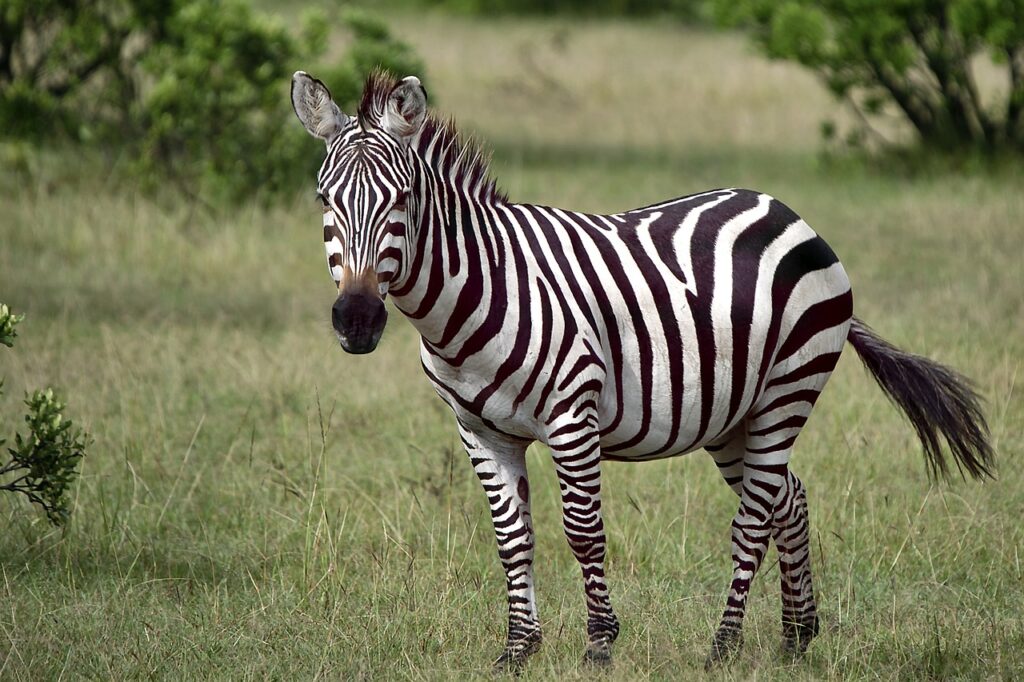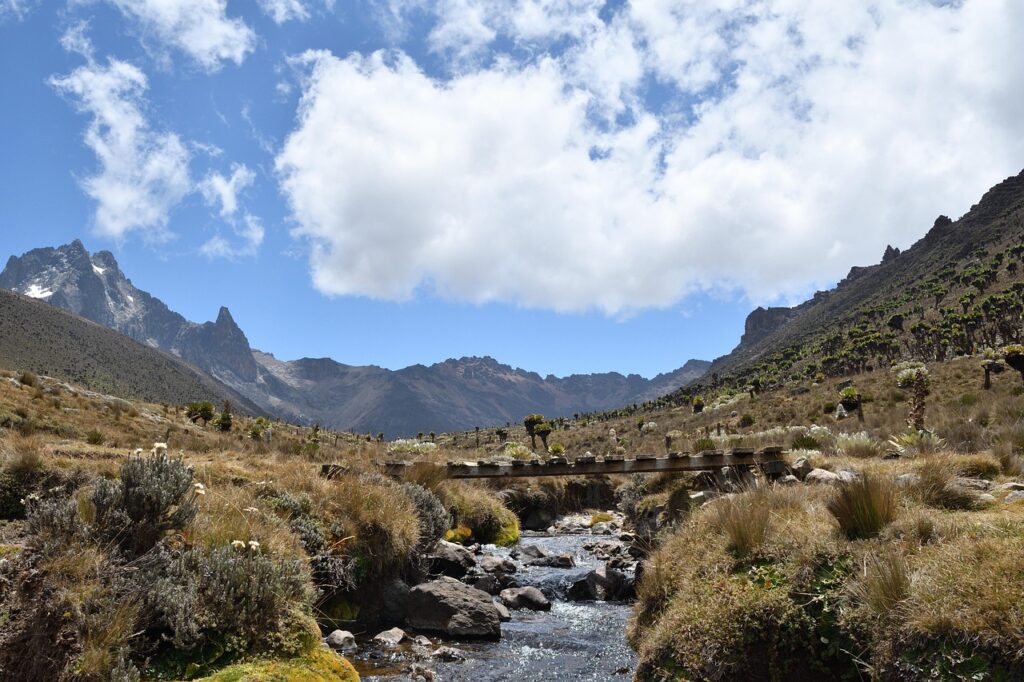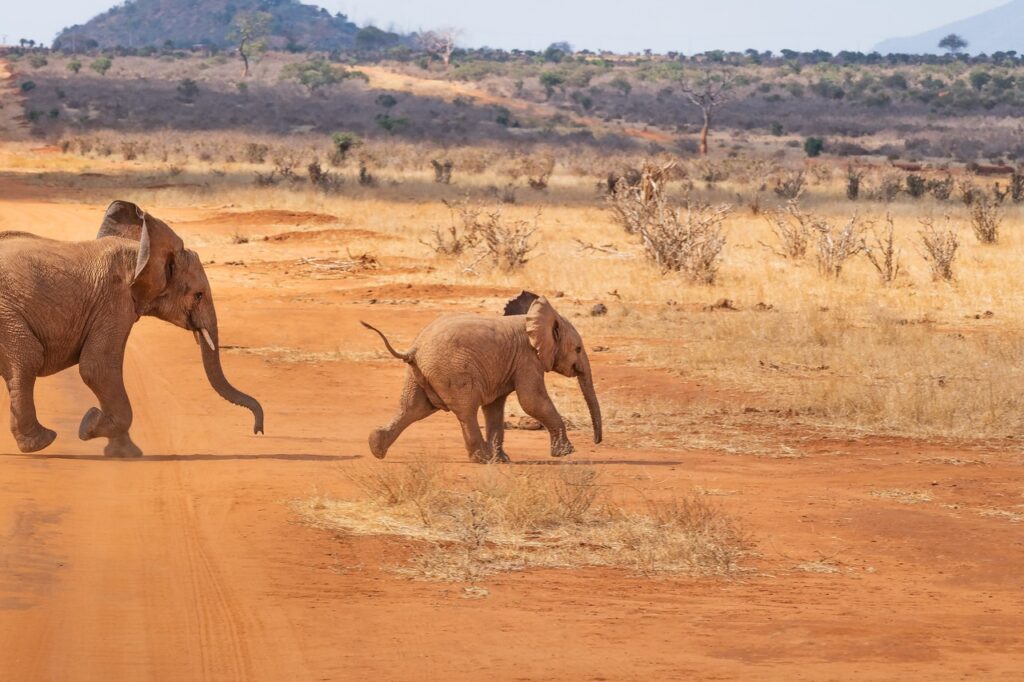
The Perfect Time June-October and December-March
The best time to visit Kenya is during the two dry seasons from June to October and December to March. You'll experience warm temperatures between 20-28°C (68-82°F) with minimal rainfall. Clear skies make this period perfect for safari adventures and wildlife viewing. You can enjoy game drives without muddy roads or heavy downpours.
These periods offer excellent wildlife visibility and comfortable camping conditions. It's especially perfect for witnessing the Great Migration spectacle. Exploring national parks and coastal areas is ideal during these months. Lodge prices are highest during peak safari seasons. The guaranteed wildlife sightings make it worth the premium cost. Book safari lodges well in advance as availability becomes limited.
Our travel agency, Gomayu also provides the best packages for Kenya.

What to Expect Each Month
June-August: Peak dry season with temperatures around 22-26°C (72-79°F). Excellent conditions with almost no rainfall. Perfect for Masai Mara wildlife viewing and Great Migration. This is when animals gather around water sources most.
September-October: Still dry but slightly warmer at 24-28°C (75-82°F). Continued excellent safari conditions with clear skies. Great Migration river crossings occur during this period. This makes it the most exciting time for wildlife photography.
December-February: Second dry season with temperatures between 23-27°C (73-81°F). Perfect weather for both safari and coastal activities. Excellent for combining game parks with beach relaxation. Tourist numbers increase during holiday season.

Temperature and Weather Details
During the best months, expect daytime temperatures between 22-28°C (72-82°F). Cooler evenings drop to around 15-20°C (59-68°F) in highlands. Rainfall is minimal, usually less than 25mm per month. Humidity stays comfortable at 50-65% in most regions. This is ideal for extended outdoor activities and camping.
The sun shines for about 8-10 hours daily. Very little cloud cover ensures perfect photography conditions. Game viewing visibility reaches maximum distances across savannas. This makes it perfect for spotting wildlife and bird watching. Coastal areas maintain warm temperatures with ocean breezes. Highland regions like Nairobi stay pleasantly cool year-round.

Important Festivals and Events
Great Migration (June-October): Occurs during the best time to visit Kenya. This spectacular wildlife event draws visitors from worldwide. River crossings happen July-September in Masai Mara. Timing varies slightly each year based on rainfall patterns.
Jamhuri Day (December 12): Falls during peak tourist season. National celebrations with perfect weather conditions. Safari activities continue normally during this holiday. Hotels and lodges operate full schedules during celebrations.
Safari Rally (March/April): Usually occurs at end of dry season. Famous motorsport event but may face weather challenges. Exact dates vary but often coincide with transition periods.
What to Pack
Layered clothing is essential for temperature variations between day and night. Bring warm jacket for early morning game drives. This is especially important in highland areas and parks. Pack neutral-colored clothing for safari activities. Avoid bright colors that might disturb wildlife.
Don't forget high SPF sunscreen and wide-brimmed hat. The equatorial sun is intense at high altitudes. Bring quality binoculars for wildlife viewing enhancement. Insect repellent is crucial for malaria prevention in certain areas.
Practical Travel Tips
Safari lodge prices increase 40-70% during peak dry seasons. July-September command the highest rates worldwide. Weather guarantees during the best time to visit Kenya justify premium safari costs. Book accommodations 6-12 months in advance for popular parks. International flights should be reserved early during migration season.
Road conditions are excellent during dry months. This makes it perfect for self-drive safaris and park access. All transportation runs smoothly without weather-related delays. Small aircraft transfers operate reliably during clear weather periods.
Regional Variations
Northern Kenya (Samburu, Turkana): Hotter and drier with temperatures reaching 30-35°C (86-95°F). Best visited during cooler months December-March. Unique wildlife species not found in southern parks.
Central Highlands (Nairobi, Mount Kenya): Cooler temperatures year-round between 15-25°C (59-77°F). Perfect for acclimatization before safari adventures. Best weather conditions during both dry seasons.
Coastal Kenya (Mombasa, Malindi): Consistently warm 25-30°C (77-86°F) with ocean breezes. Perfect for combining safari with beach relaxation. Less seasonal variation but dry months still preferable.
Masai Mara (Southwest): Classic safari climate with cool mornings and warm afternoons. Peak wildlife viewing during July-October migration period. Perfect conditions during both dry seasons for game drives.

Bottom Line
The best time to visit Kenya is during dry seasons for optimal wildlife viewing. June through October offers the most reliable weather and Great Migration. December to March provides excellent conditions with fewer crowds. These periods guarantee the best safari experiences with comfortable weather.
Avoid the long rains from April to May. Heavy downpours make roads impassable and wildlife dispersed. Choose the best time to visit Kenya during dry months for unforgettable African safari adventures.








